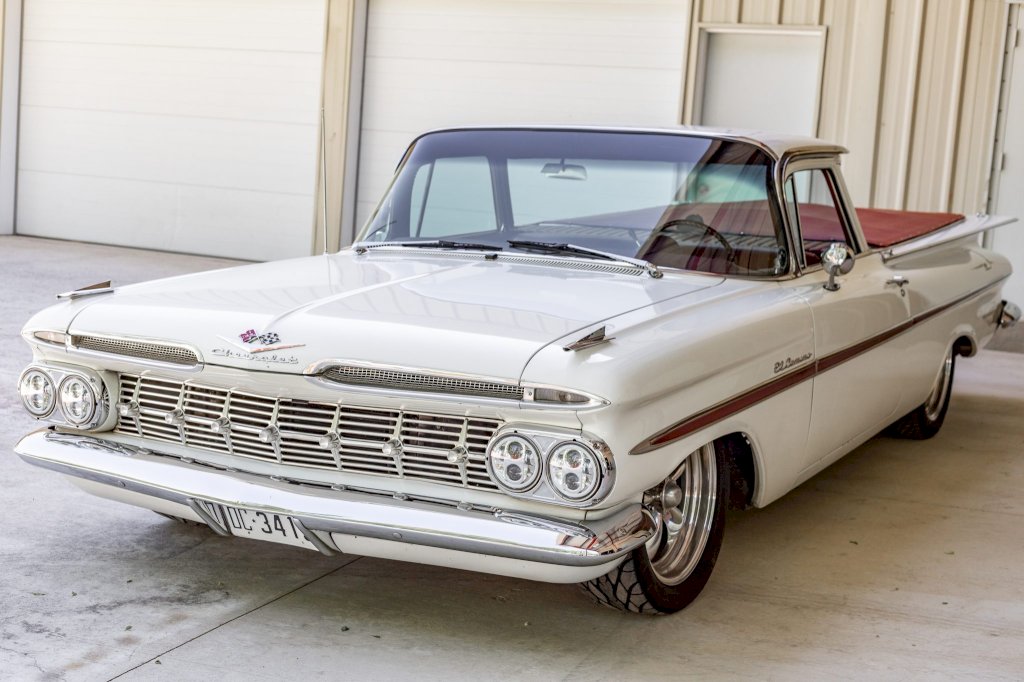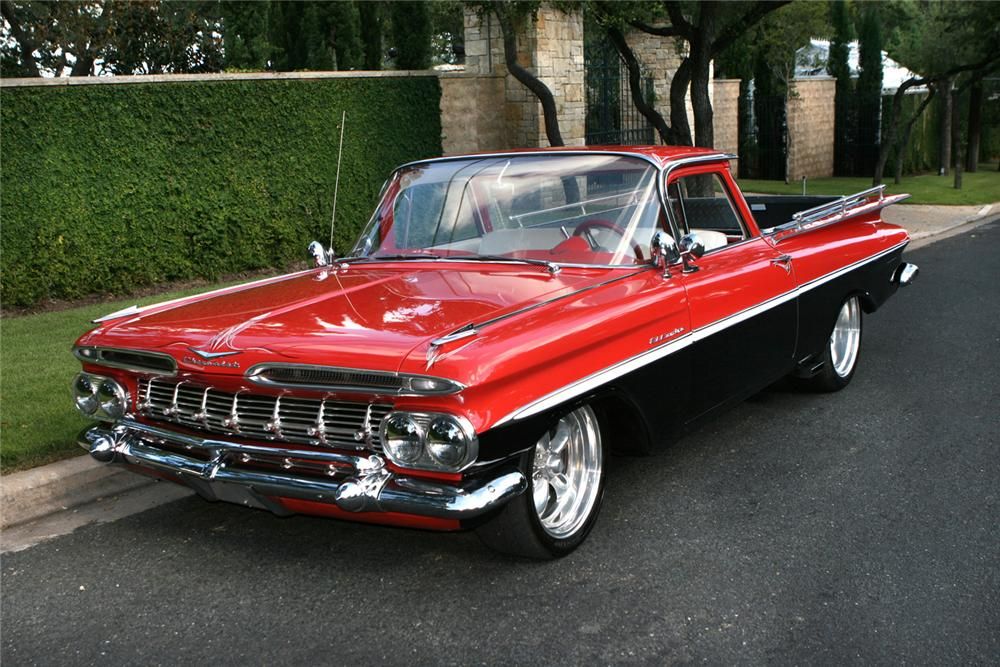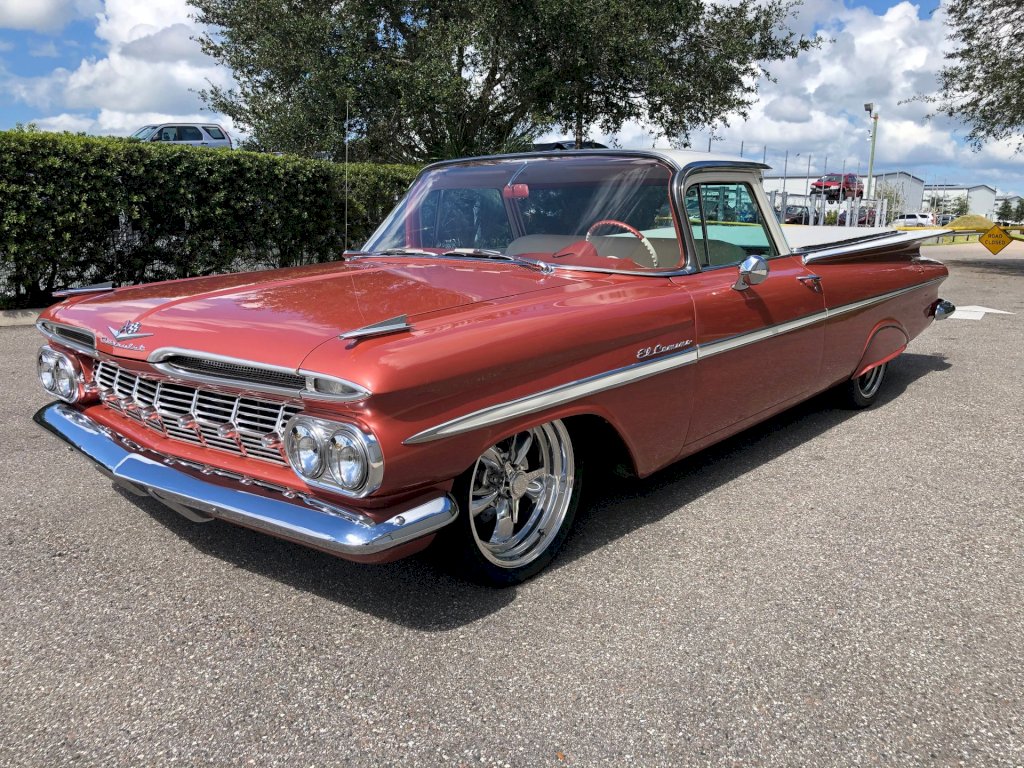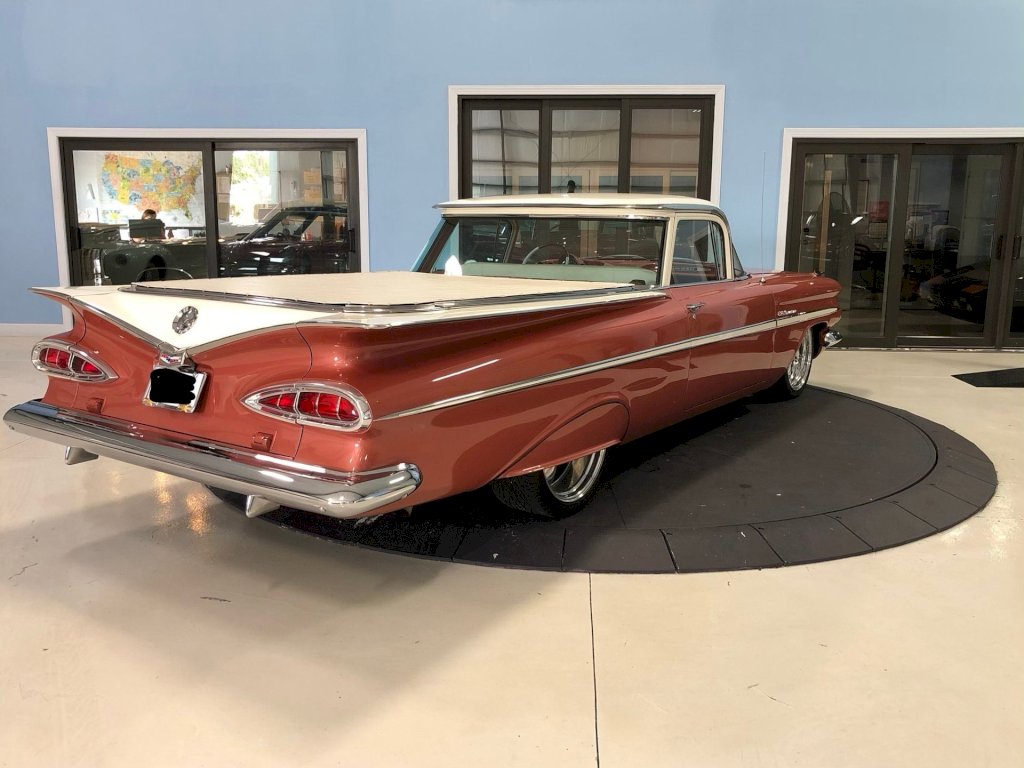In the late 1950s, American automakers were constantly exploring new niches and segments of the automotive market. It was during this era of innovation and experimentation that the 1959 Chevrolet El Camino emerged-a vehicle that defied traditional classification and captured the hearts of enthusiasts for decades to come. In this comprehensive 3000-word exploration, we’ll dive into the history, design, impact, and enduring legacy of the 1959 Chevrolet El Camino.

Setting the Stage

To appreciate the significance of the 1959 El Camino, we must first understand the automotive landscape of the late 1950s. This period marked a transition from the post-war era, characterized by practicality and thrift, to a new age of automotive design where style and individuality were paramount.
Chevrolet, a division of General Motors, was at the forefront of this transformation. The late 1950s were marked by the introduction of the Chevrolet Impala and Bel Air, both iconic nameplates known for their distinctive styling and performance. Against this backdrop of innovation, Chevrolet decided to venture into a unique market segment—the car-truck hybrid.
Birth of the El Camino

The idea of a car-based pickup truck had been explored by other manufacturers, but Chevrolet took it a step further with the introduction of the El Camino in 1959. The name “El Camino” itself, which means “the way” in Spanish, evoked a sense of adventure and open road—a fitting moniker for this versatile vehicle.
At its core, the El Camino was built on the same platform as the Chevrolet Impala, sharing many of its design elements. However, the rear of the vehicle was transformed into a pickup bed, creating a unique fusion of car and truck. This concept was Chevrolet’s response to the increasing demand for more versatile transportation options.
Design and Styling

One of the most striking features of the 1959 El Camino was its bold and distinctive styling. The design language of the late 1950s was characterized by flamboyance, and the El Camino embraced this trend wholeheartedly.
The front of the vehicle featured the iconic “cat’s eye” headlights and a bold chrome grille, both of which were hallmarks of Chevrolet’s design philosophy at the time. The elongated rear section, which transitioned seamlessly into the pickup bed, created a sense of balance and proportion that was both functional and visually appealing.

The “fins,” a design element synonymous with the late ’50s, extended from the rear fenders, giving the El Camino an unmistakable presence on the road. This design choice not only added to the vehicle’s aesthetic appeal but also paid homage to the era’s fascination with space-age themes.






